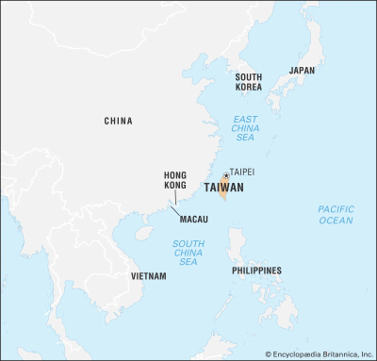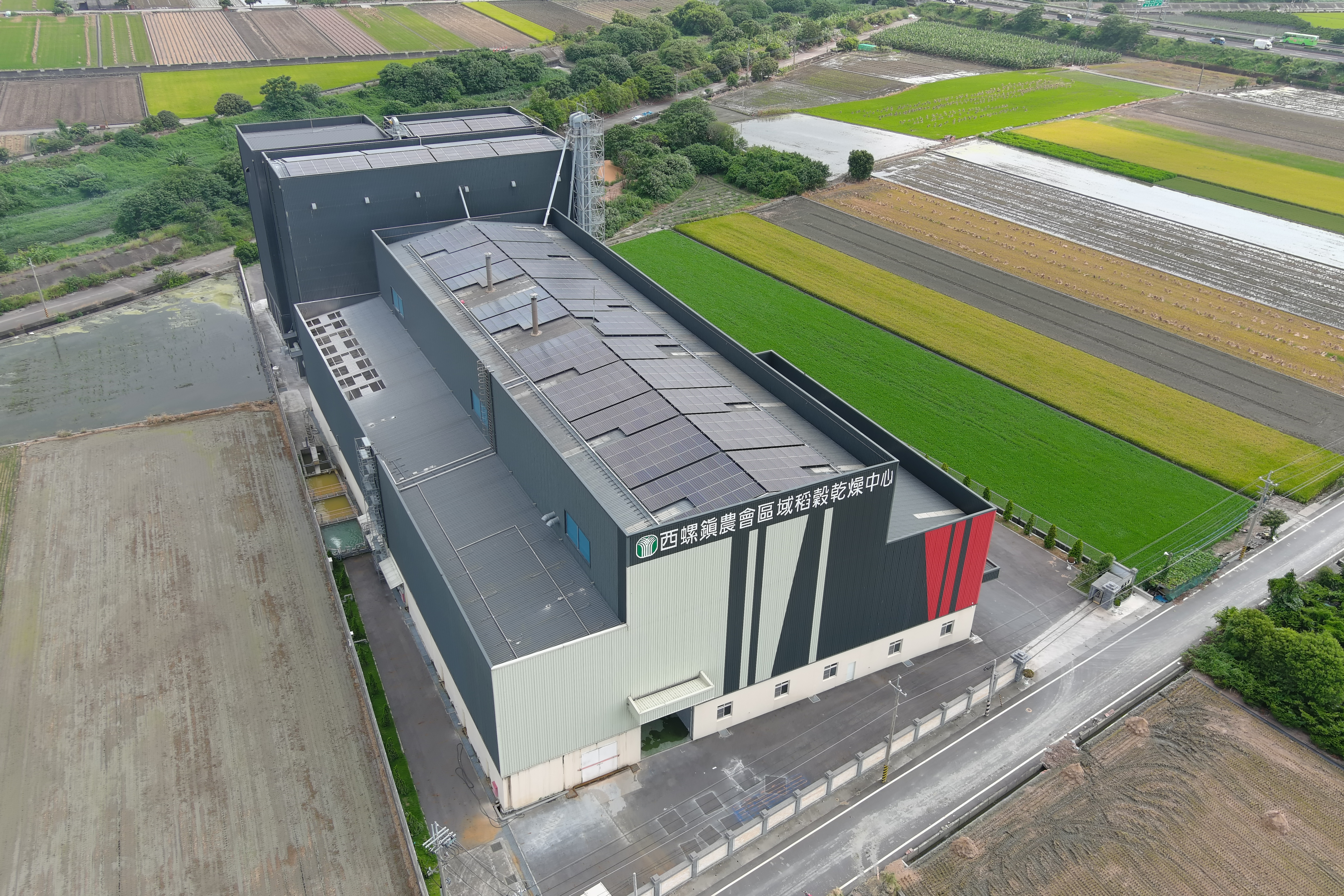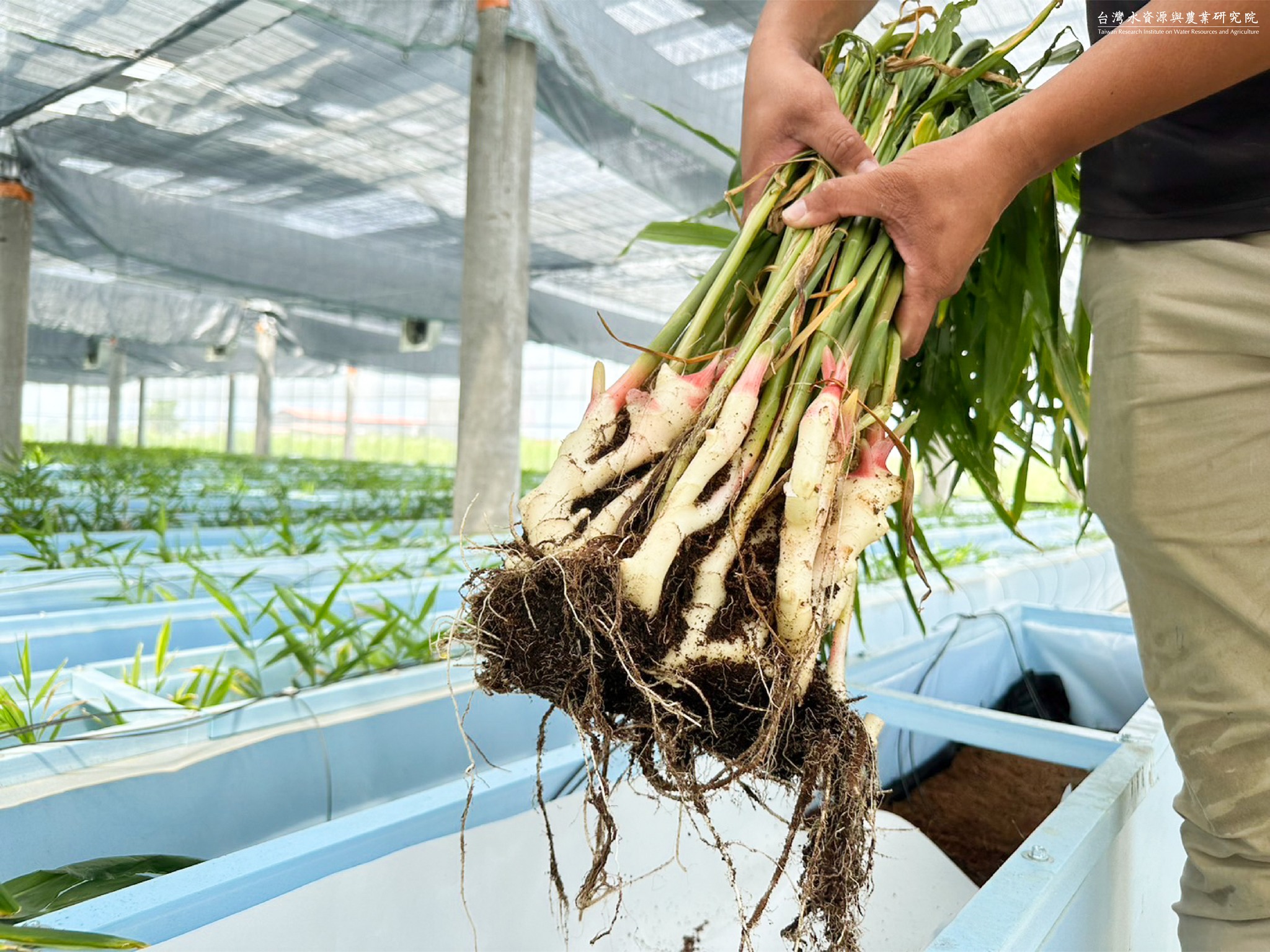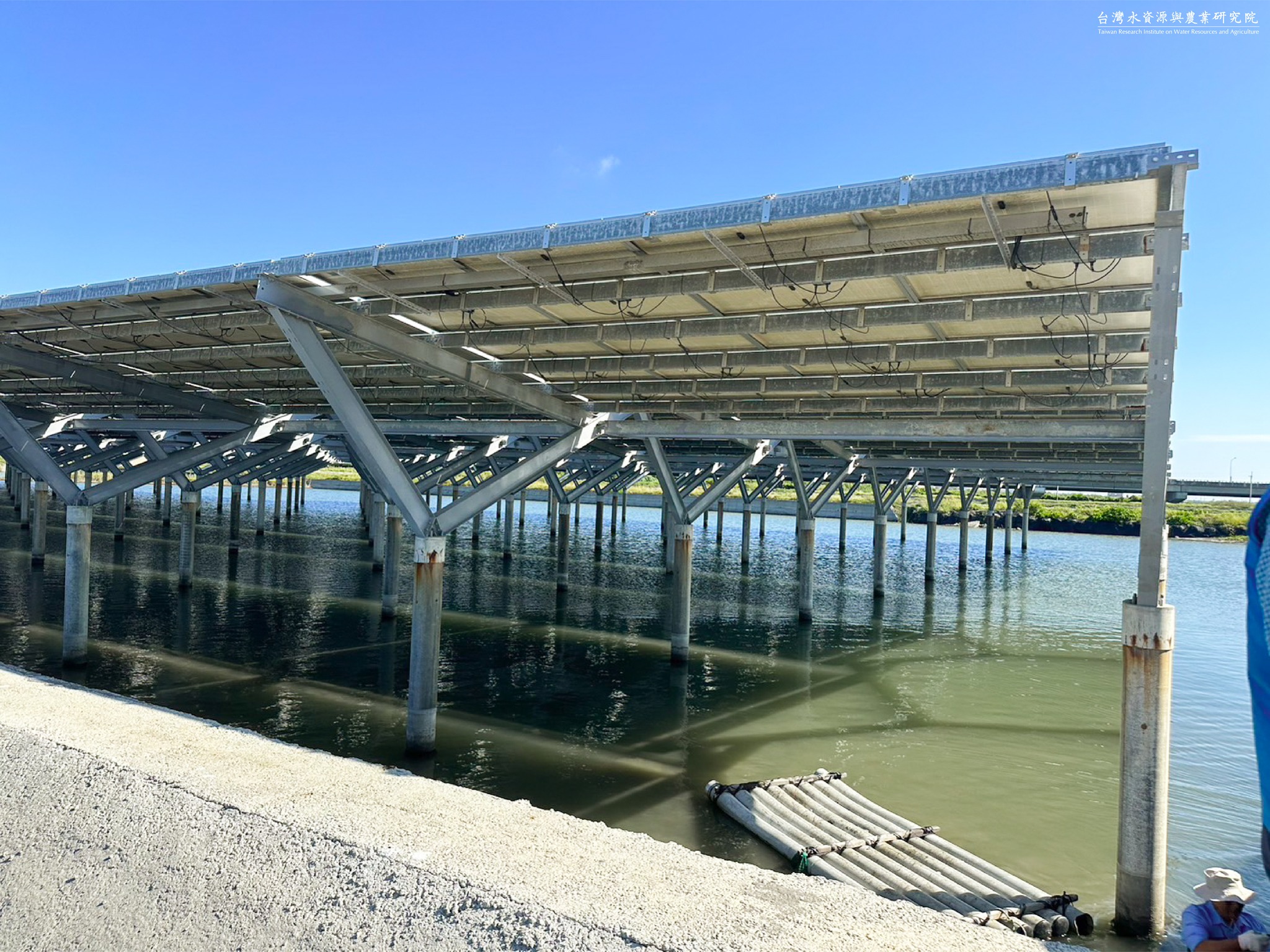
2022_age_banner_3-1


Taiwan: A Brief Overview
 Taiwan, also known as Formosa, is located off the southeastern coast of China, bordered by the Pacific Ocean, East China Sea, Taiwan Strait, and South China Sea. Covering around 36,000 km², Taiwan is predominantly mountainous, with fertile plains in the west.
Taiwan, also known as Formosa, is located off the southeastern coast of China, bordered by the Pacific Ocean, East China Sea, Taiwan Strait, and South China Sea. Covering around 36,000 km², Taiwan is predominantly mountainous, with fertile plains in the west.
The island has a subtropical climate influenced by the Asian monsoon. The average annual temperature is around 23.9°C (75°F). Summers (June to September) are warm and humid, averaging 27-29°C (81-84°F), while winters (November to March) are mild, ranging from 18-22°C (64-72°F). Taiwan receives abundant rainfall, especially during the wet season from May to October, primarily due to plum rains, storms, and typhoons.
Taiwan has a population of approximately 23 million people. The nation is experiencing demographic changes, including an aging population and urbanization. By 2025, over 20% of the population will be aged 65 or older, classifying Taiwan as a super-aged society. Urban areas are growing as people move from rural regions in search of better opportunities.
Taiwan has a dynamic economy driven by high-tech industries, manufacturing, and exports. It is a global leader in semiconductor production and home to many renowned technology companies. While agriculture still plays a role, especially in rural areas, the country is rapidly urbanizing.
These factors collectively shape Taiwan’s unique landscape and socio-economic environment, offering both challenges and opportunities for its development and international collaborations.
Green Energy in Taiwan
To achieve carbon reduction goals, the Taiwanese government has prioritized green energy in its policy guidelines and is dedicated to developing low-carbon renewable energy sources. The Ministry of Agriculture (MOA) defines solar energy, wind power, and non-pumped hydroelectric facilities as green energy facilities, regulating them according to established regulations.
By installing renewable energy facilities in agriculture and fisheries, the Ministry aims to encourage industrial transformation and increase profitability for farmers. Additionally, the Ministry promotes the installation of solar photovoltaic panels in agricultural waters to maximize the benefits of these spaces. Through simultaneous utilization and management, the Ministry seeks to ensure the rational use of agricultural land resources, benefiting both agriculture and power generation.
Under the theme of "Enhancing Agriculture with Green Energy," the Ministry of Agriculture will continue to promote agricultural green energy facilities, such as fishery-electricity symbiosis, to achieve a mutually beneficial outcome for agriculture and power generation.
By installing renewable energy facilities in agriculture and fisheries, the Ministry aims to encourage industrial transformation and increase profitability for farmers. Additionally, the Ministry promotes the installation of solar photovoltaic panels in agricultural waters to maximize the benefits of these spaces. Through simultaneous utilization and management, the Ministry seeks to ensure the rational use of agricultural land resources, benefiting both agriculture and power generation.
Under the theme of "Enhancing Agriculture with Green Energy," the Ministry of Agriculture will continue to promote agricultural green energy facilities, such as fishery-electricity symbiosis, to achieve a mutually beneficial outcome for agriculture and power generation.




